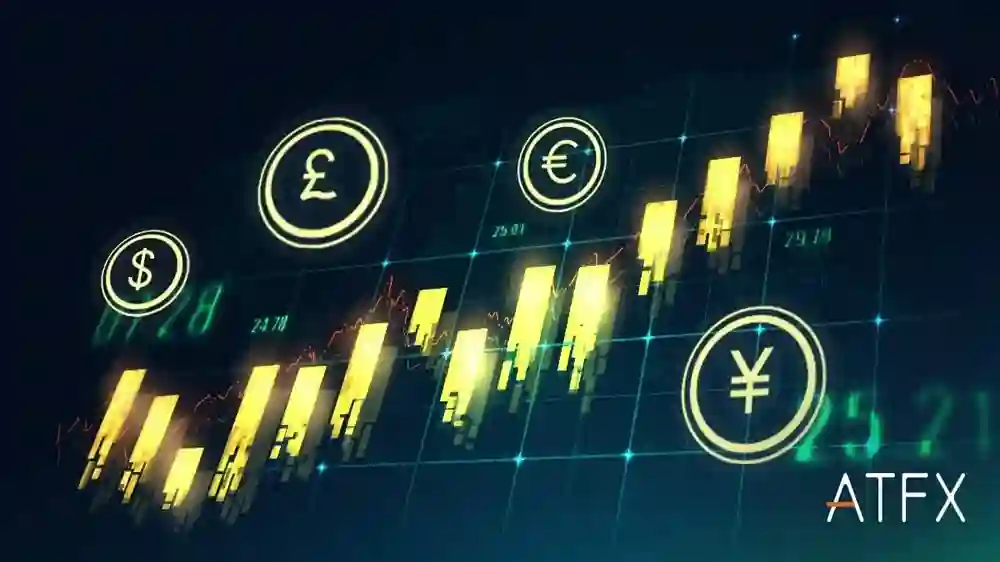
Unlocking Insights with Sentiment Analysis of Social Media in Forex Robot Strategies
In the rapidly evolving landscape of forex trading, access to timely and relevant information is paramount for making informed decisions in the dynamic and interconnected financial markets. Social media platforms have emerged as valuable sources of market sentiment, providing traders with real-time insights into investor perceptions, sentiment trends, and market dynamics. By leveraging sentiment analysis of social media data, forex robot strategies can unlock valuable insights, enhance predictive accuracy, and optimize trading performance. In this article, we delve into the significance of sentiment analysis in forex trading, the application of social media data in forex robot strategies, benefits, challenges, and implications for trading success.
The Role of Sentiment Analysis in Forex Trading
Sentiment analysis involves extracting, quantifying, and analyzing public sentiment, opinions, and emotions expressed on social media platforms, news articles, and other online sources. In forex trading, sentiment analysis plays a crucial role in understanding market sentiment, gauging investor sentiment towards currencies, and predicting price movements based on shifts in sentiment trends. Sentiment analysis techniques range from simple keyword-based approaches to advanced natural language processing (NLP) and machine learning algorithms that analyze text data for sentiment polarity, subjectivity, and context.
Application of Social Media Data in Forex Robot Strategies
Forex robot strategies can leverage sentiment analysis of social media data in several ways:
- Sentiment Monitoring: Forex robots can monitor social media platforms, such as Twitter, Facebook, Reddit, and financial forums, for relevant discussions, news updates, and sentiment trends related to currency pairs and economic events. Algorithms can analyze text data, hashtags, and user interactions to extract sentiment signals and identify emerging market sentiment trends.
- Event-driven Trading: Forex robots can implement event-driven trading strategies that capitalize on market reactions to significant news events, announcements, or sentiment shifts on social media. Algorithms can analyze sentiment trends around key economic indicators, central bank decisions, geopolitical developments, and other market-moving events to identify trading opportunities and adjust positions accordingly.
- Contrarian Strategies: Forex robots can employ contrarian trading strategies that exploit sentiment extremes or sentiment reversals observed on social media platforms. Algorithms can identify overbought or oversold conditions based on sentiment indicators and take contrarian positions to profit from mean reversion in sentiment trends.
- Trend Confirmation: Forex robots can use sentiment analysis to confirm or validate existing trend signals generated by technical analysis or other trading indicators. Algorithms can analyze sentiment trends in alignment with price movements to strengthen confidence in trend signals and improve trading decision-making.
- Risk Management: Forex robots can integrate sentiment analysis into risk management frameworks to assess sentiment-related risks and adjust risk exposure accordingly. Algorithms can monitor sentiment volatility, sentiment correlations with price movements, and sentiment-driven market dynamics to mitigate potential losses and preserve capital.
Benefits of Sentiment Analysis in Forex Robot Strategies
Leveraging sentiment analysis of social media data offers several benefits for forex robot strategies:
- Real-time Insights: Sentiment analysis provides forex robot with real-time insights into market sentiment trends, allowing algorithms to react swiftly to sentiment shifts and capitalize on emerging opportunities.
- Enhanced Predictive Accuracy: Sentiment analysis improves the predictive accuracy of forex robot strategies by incorporating sentiment-related factors into trading decisions. Algorithms can identify sentiment-driven price movements and adjust trading strategies accordingly to improve forecasting performance.
- Market Sentiment Gauge: Sentiment analysis serves as a valuable gauge of market sentiment, helping forex robots assess investor perceptions, sentiment biases, and sentiment dynamics across different currency pairs and market segments.
- Adaptive Strategies: Sentiment analysis enables forex robots to adapt to changing market conditions and sentiment trends, ensuring flexibility and responsiveness in volatile or uncertain market environments.
- Complementary Analysis: Sentiment analysis complements traditional forms of market analysis, such as technical analysis and fundamental analysis, by providing additional insights into investor sentiment and sentiment-driven market behavior.
Challenges and Considerations
Despite its benefits, sentiment analysis of social media data poses several challenges and considerations for forex robot strategies:
- Data Quality and Noise: Social media data may suffer from noise, biases, and inaccuracies that can affect the reliability of sentiment analysis results. Forex robots must filter out irrelevant or misleading information and focus on high-quality sources of sentiment data to improve accuracy.
- Contextual Understanding: Sentiment analysis algorithms must account for contextual nuances, sarcasm, slang, and cultural differences in language usage to accurately interpret sentiment signals. Forex robots must employ advanced NLP techniques and context-aware algorithms to enhance the accuracy and relevance of sentiment analysis results.
- Data Volume and Velocity: Social media data streams can be vast, unstructured, and rapidly evolving, posing challenges for data processing, storage, and analysis. Forex robots must scale infrastructure, implement real-time data processing pipelines, and handle the volume and velocity of social media data streams effectively.
- Sentiment Lag and Lead Time: Sentiment analysis may exhibit lag or lead time relative to price movements, affecting the timing and effectiveness of trading decisions based on sentiment signals. Forex robots must account for sentiment latency and adjust trading strategies accordingly to minimize execution slippage and maximize trading performance.
- Regulatory Compliance: Sentiment analysis of social media data may raise regulatory concerns regarding privacy, data protection, and market manipulation. Forex robots must comply with regulatory requirements, ethical guidelines, and best practices when collecting, analyzing, and using social media data for trading purposes.
Conclusion
Sentiment analysis of social media data offers valuable insights into market sentiment trends, investor perceptions, and sentiment-driven price movements in forex trading. By leveraging sentiment analysis techniques, forex robot strategies can unlock actionable insights, improve predictive accuracy, and optimize trading performance in dynamic and competitive market environments. While sentiment analysis presents challenges such as data quality issues, contextual understanding, data volume, and regulatory compliance, the benefits of incorporating sentiment analysis into forex robot strategies outweigh the risks. As technology continues to evolve and sentiment analysis techniques become more sophisticated, the integration of social media sentiment data is likely to play an increasingly prominent role in shaping the future of forex trading and algorithmic trading strategies.



